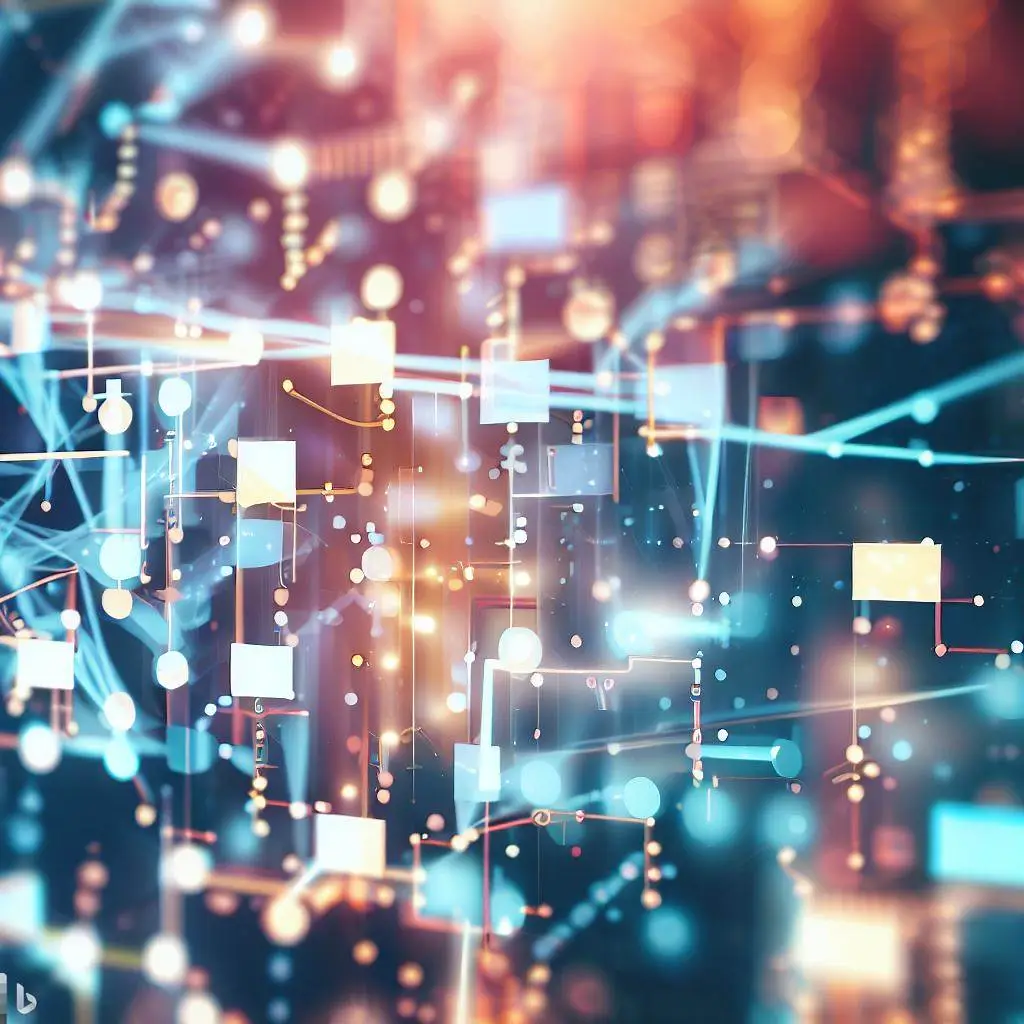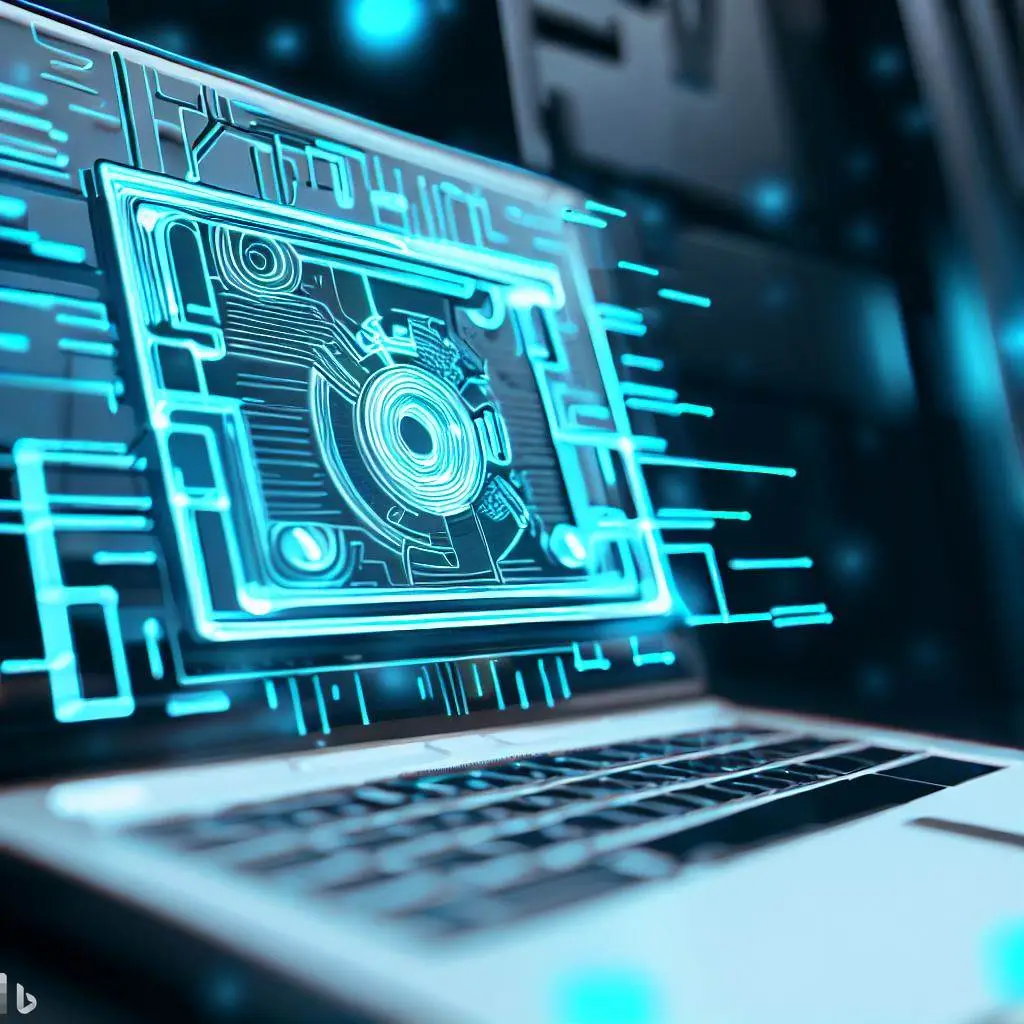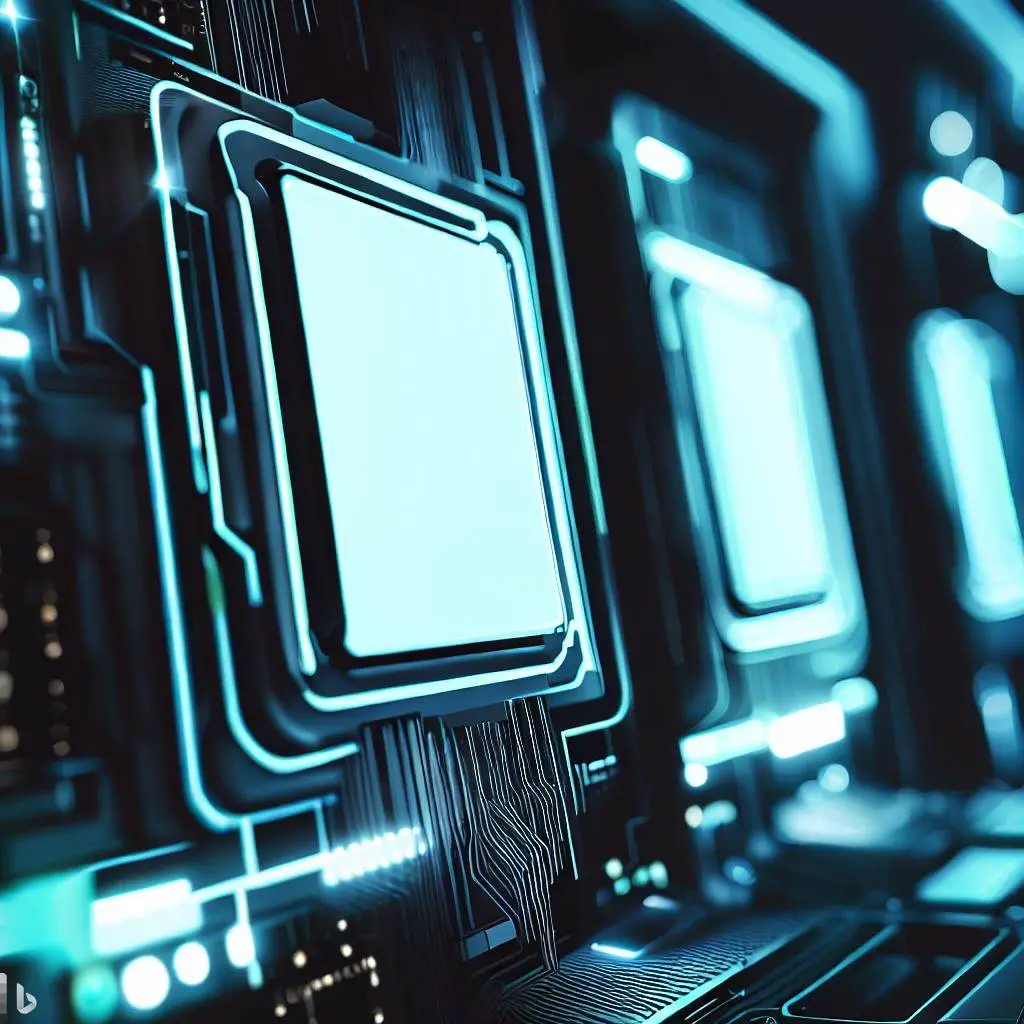Introduction
In the age of rapid technological advancement, the distinction between human and artificial intelligence (AI)-generated voices has become increasingly blurred. Despite significant advancements in AI voice synthesis, which enable the generation of remarkably human-like voices, research indicates that people still struggle to distinguish between human and AI-generated voices. In fact, they can identify them correctly only about half the time. This presents intriguing questions about the underlying mechanisms our brains use to process these voices and the implications for various aspects of our interaction with AI.
The Human vs. AI Voice Challenge
The development of AI-generated voices has seen exponential growth, with applications ranging from virtual assistants like Siri and Alexa to sophisticated customer service bots. These voices are designed to mimic the nuances of human speech, including intonation, pace, and emotional undertones. Despite these advancements, studies have shown that individuals often have difficulty correctly identifying whether a voice is human or AI-generated.
A key study on this subject involved participants listening to a series of voice recordings and attempting to classify each one as either human or AI. The results revealed that participants were only able to correctly identify the source of the voice about 50% of the time, essentially equating to a random guess. This inability to distinguish raises questions about our auditory perception and the inherent similarities between human and AI voices.
Neural Responses to Voices
While the external identification of voices remains challenging, internal neural mechanisms tell a different story. Brain imaging studies, such as those using functional magnetic resonance imaging (fMRI), have provided insight into how our brains process human and AI-generated voices differently. These studies have revealed distinct neural responses, highlighting the brain's sophisticated ability to differentiate between the two, even when our conscious minds cannot.
When participants listened to human voices, brain scans showed activation in areas associated with memory and empathy. The temporal lobe, which plays a crucial role in processing auditory information and forming memories, was notably active. Additionally, the prefrontal cortex, which is involved in understanding and processing emotions, showed heightened activity. This suggests that human voices are processed with a degree of personal relevance and emotional engagement, triggering memory recall and empathetic responses.
Conversely, when participants listened to AI-generated voices, different neural pathways were activated. Regions associated with error detection and attention regulation, such as the anterior cingulate cortex and the dorsolateral prefrontal cortex, showed increased activity. These areas are typically engaged when the brain encounters something unexpected or when it needs to focus attention on a specific task. This indicates that AI-generated voices are processed with a heightened sense of scrutiny and analytical thinking, as the brain works to identify and interpret the artificial nature of the sound.
Implications and Future Directions
The findings from these studies have profound implications for the future development and integration of AI-generated voices in various domains. Understanding the distinct neural responses can guide the creation of more effective and engaging AI interactions. For instance, designers of AI systems might aim to incorporate elements that trigger the same empathetic and memory-related responses as human voices, enhancing the user experience and fostering a sense of connection and trust.
The ability of the brain to detect subtle differences between human and AI voices, despite conscious identification difficulties, points to the potential for developing more sophisticated AI detection tools. These tools could leverage neural response patterns to provide more accurate identifications, which could be valuable in fields like security, entertainment, and customer service.
Additionally, the insights gained from these studies could inform the development of training programs to improve individuals' ability to distinguish between human and AI-generated voices. By understanding the neural markers of each, such programs could focus on enhancing auditory discrimination skills and making people more aware of the subtle cues that differentiate the two.
Conclusion
The struggle to distinguish between human and AI-generated voices highlights the remarkable advancements in AI voice synthesis and the complexities of human auditory perception. While people may only identify these voices correctly about half the time, brain scans reveal that our neural responses are significantly different for human and AI voices. These findings underscore the brain's sophisticated processing capabilities and open up new avenues for improving AI voice technology and its applications. As we continue to navigate the evolving landscape of human-AI interactions, understanding these neural mechanisms will be crucial in shaping a future where AI seamlessly integrates into our daily lives.









Add a Comment: